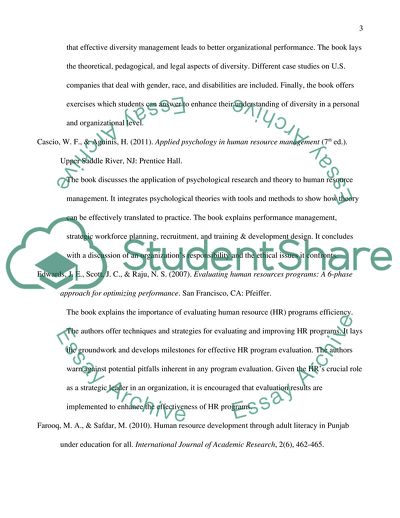Cite this document
(Analysis of Articles about Human Resource Development Annotated Bibliography Example | Topics and Well Written Essays - 1750 words - 3, n.d.)
Analysis of Articles about Human Resource Development Annotated Bibliography Example | Topics and Well Written Essays - 1750 words - 3. https://studentshare.org/human-resources/1751817-annotated-bibliography
Analysis of Articles about Human Resource Development Annotated Bibliography Example | Topics and Well Written Essays - 1750 words - 3. https://studentshare.org/human-resources/1751817-annotated-bibliography
(Analysis of Articles about Human Resource Development Annotated Bibliography Example | Topics and Well Written Essays - 1750 Words - 3)
Analysis of Articles about Human Resource Development Annotated Bibliography Example | Topics and Well Written Essays - 1750 Words - 3. https://studentshare.org/human-resources/1751817-annotated-bibliography.
Analysis of Articles about Human Resource Development Annotated Bibliography Example | Topics and Well Written Essays - 1750 Words - 3. https://studentshare.org/human-resources/1751817-annotated-bibliography.
“Analysis of Articles about Human Resource Development Annotated Bibliography Example | Topics and Well Written Essays - 1750 Words - 3”. https://studentshare.org/human-resources/1751817-annotated-bibliography.


